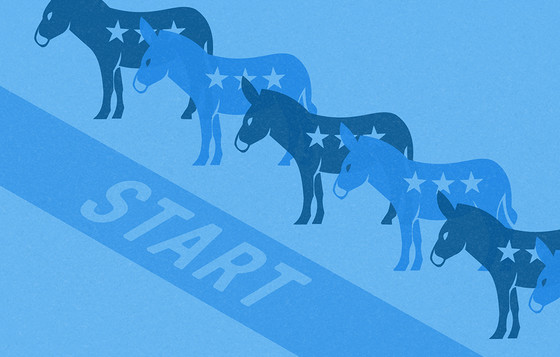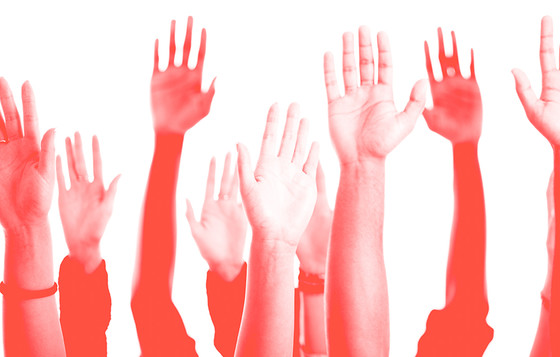Update
Ballot Casting uses survey data to track the methods by which Americans intend to vote. These results are our best attempt to answer vital questions prior to election day but are not interchangeable with actual vote counts and administrative data. To access timely data, visit the United States Elections Project Early Vote Tracker.
In an already unprecedented year, the way Americans choose to cast their ballots in the 2020 presidential election may be yet another break with convention. Current trends from the Democracy Fund + UCLA Nationscape™ survey indicate a major increase in the share of U.S. voters planning to vote before Election Day. Like all survey estimates, these numbers are subject to a degree of error. This is an even higher possibility in this case because we are asking respondents about future plans — plans which might change. As such, the estimates should be interpreted with these uncertainties in mind.
How Do Americans Plan to Cast Their Ballots?
Voting method among registered voters who intend to vote or have already voted
Source: Democracy Fund and UCLA Nationscape™ Survey. Data collected between August 27 and October 28, 2020. See question wording and additional notes in the Appendix at the bottom of the page.
Among Americans who report that they are registered to vote and that they intend to vote, less than 40 percent say that they intend to vote in-person on Election Day. About four in ten say that they are likely to vote by mail while about two in ten say they will vote in-person early. Compared to 2016 — when 21 percent of Americans voted by mail and 19 percent voted in-person before election day — this represents a notable rise in the share of voters who are considering alternatives to voting in-person on Election Day.
How Do Americans Plan to Cast Their Ballots Across States?
Voting method among registered voters who intend to vote or have already voted
Source: Democracy Fund and UCLA Nationscape™ Survey. Data collected between August 27 and October 28, 2020. See question wording and additional notes in the Appendix at the bottom of the page.
There are dramatic differences across states. In states like California and Arizona, majorities currently report that they intend to vote by mail. By contrast, majorities of Pennsylvanians still report that they intend to vote in-person on Election Day. Estimates for additional states may be added as more data becomes available.
How Do Trump and Biden Supporters Plan to Cast Their Ballots?
Voting method among registered voters who intend to vote or have already voted
Source: Democracy Fund and UCLA Nationscape™ Survey. Data collected between August 27 and October 28, 2020. See question wording and additional notes in the Appendix at the bottom of the page.
Supporters of Donald Trump and Joe Biden say that they intend to cast their ballot in different ways. The majority of registered voters who prefer Joe Biden say that they will vote by mail, while roughly half of those who prefer Donald Trump or lean towards him say they will vote in-person on Election Day.
The divide reflects an unusual partisan division that was not nearly as large in 2016. According to the 2016 Cooperative Congressional Election Study, Trump voters were only six percentage points more likely than Clinton voters to say that they voted in-person on Election Day. Clinton voters were only slightly more likely to report that they voted in-person before Election Day and by mail — two and four percentage points, respectively.
These political differences create some degree of uncertainty heading into Election Day. On the one hand, if mail ballots take longer to count, then the tallied results on the night of November 3 might differ substantially from the final tallied results, creating some momentary ambiguity if a state race is close. On the other hand, it is possible that we may see a resurgence in the number of COVID-19 cases by November. It seems entirely plausible that such an event could affect who would want to vote in-person on Election Day and who would be able to do so.





